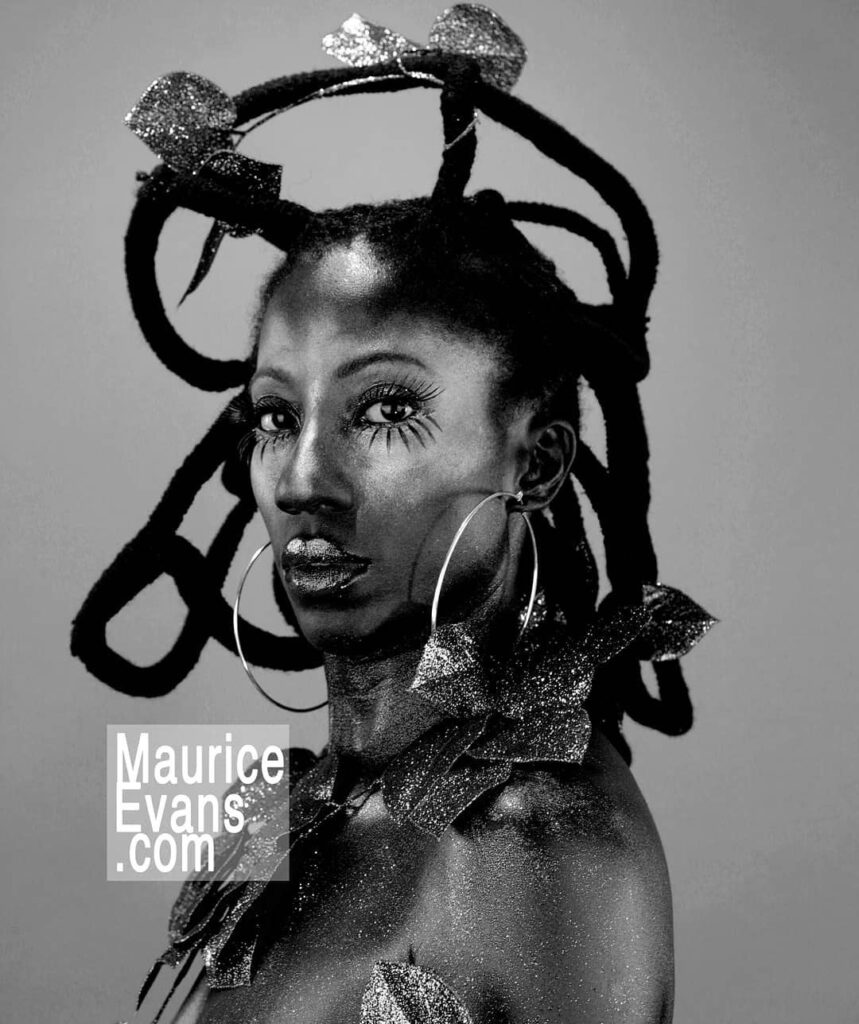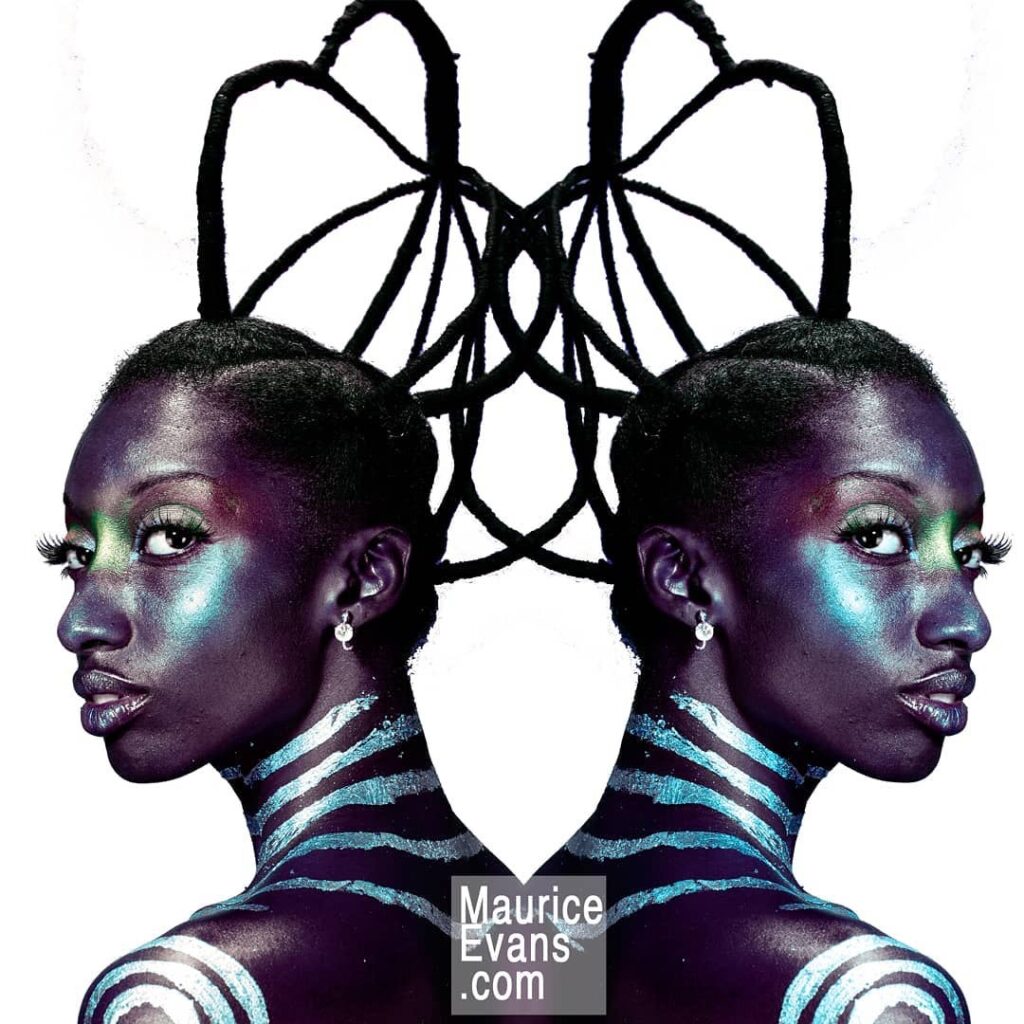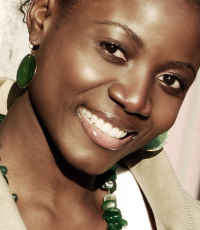
A Black woman is a Black woman, whether she lives or was born on the continent or diaspora. Her experiences may be unique to her due to geographic location, but it doesn’t take away the fact that she is of African descent. And this truth must be embraced, however, it is usually not the case. This is where Maurice Evans and Grace Kisa’s NuAfricans project, a powerful depiction of Black women, comes in.
Black women living in the diaspora tend to be viewed as non-African by those living on the continent because their behaviors and values might not be “African” enough. And Black women born, raised and living in Africa are sometimes looked down upon by those in the diaspora because their behaviors and values may be perceived as extreme. Instead of allowing both experiences to enrich each other, those same realities have rather created a divide so deep that it has necessitated continuous dialogue to unite both. We did an e-interview with Maurice Evans to find out what inspired the NuAfricans project and why Black women were chosen as a focus.
Obaasema: What inspired this project?
Maurice Evans: The NuAfricans project was inspired by an ongoing conversation I had (and still have) with a fellow art schoolmate Grace Kisa who is African. (FYI…I am African American.) A couple of years out of art-school Grace and I would become co-workers in an art company. I was always curious about Africa and Africans. So, I would ask Grace questions about where she was from and what her culture [was] like? Grace always gave answers that just made me more curious. And I would ask why did there seem to be so many negative issues between African-Americans and Africans? I always thought we were the same people just different circumstances. However, I would discover that many Africans don’t consider themselves black. I had no idea that these conversations would be the catalyst for our collaborative project decades later.

Obaasema: Why were women chosen as the subject?
Maurice Evans: Women were chosen for the project because Black/African Women are often not seen as the warriors that they are. Black/African women…especially in this American society have been under a constant and consistent attack. America paints a very unsavory picture of Black/African Women while robbing from her at the same time.
Obaasema: What is the purpose of the series?
Maurice Evans: There are many purposes for the series. One purpose for the series is to be a teacher and/ or reminder to Black/African Women that they are not what they say you are. I want the series to be a mirror and inspiration to Black/African Women. Black/African Women are mighty, powerful, and beautiful. They have been beat down so much they sometimes forget…but this is a reminder to keep your head up and be the Goddess [that] you are. If you heal the woman you heal the nation.
Obaasema: What would you like to achieve with this?
Maurice Evans: Grace and I would love to tour the show in the States and Ultimately in Africa. I want this series to help bridge the gap between the Africans and Diasporic Africans through imagery and dialog…A celebration of the differences and the similarities of our people.
The body of work has been open for public viewing from July 16 – August 30, 2020 at Hammonds House Museum, an African American museum in Atlanta, Georgia.







